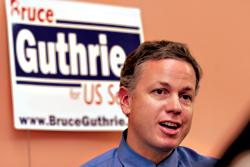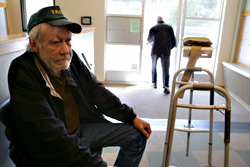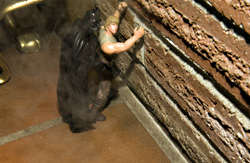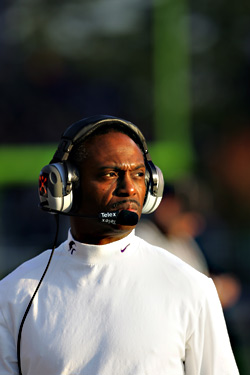In an election season with competing medical malpractice initiatives in television ads—I-330 and I-336—another state initiative linked to health is escaping public notice. If passed by voters Nov. 8, the law would add new restrictions on where Washingtonians can smoke tobacco in public places, and its potential passage raises interesting questions about enforcement.
Initiative 901 would bar smoking in all restaurants, bars, taverns, and nontribal casinos. That seems simple enough. But it also calls for no smoking within 25 feet of the entrance to any public place or place of employment, and that’s leading to confusion. Says Nick Federici, director of government affairs for the American Lung Association of Washington, one of the prime backers of the I-901: “The bottom line here is to keep smoke out of the buildings.”
Not easily done, say opponents. “The 25-foot rule is over the top,” says Dave Meinert, a partner in the Mirabeau Room in Lower Queen Anne. A nonsmoker, Meinert argues that the rule would force him to regulate smokers standing within 25 feet of his club and bar him from constructing a deck for smokers behind his club. “The people backing this measure are zealots.”
The law also would introduce a cloudy area regarding enforcement. Would it make businesses responsible for policing people, customers or not, standing in front and smoking while waiting to catch the bus, for example? Would a business face a fine of $100, as laid out in the initiative, if it doesn’t shoo away smokers? The initiative’s language is not clear. It also introduces confusion as to whether police or public-health officials would enforce the restrictions.
Roger Valdez, head of tobacco prevention for Public Health–Seattle and King County, says enforcement of nonsmoking inside businesses and within 25 feet of entrances would fall to the health department. He stresses that King County isn’t going to dispatch public-health officials to ticket smokers standing on sidewalks. But the initiative specifically carves out a role for law enforcement to enforce the ban. That’s news to the Seattle Police Department, which officially has no response on its potential role in enforcing the ban.
Valdez says that people can smoke within 25 feet of a building entrance, for example, as long as smoke isn’t entering the building. Asked how that would be determined, he says, “It would be subjective.”
Meinert, who opposes the measure’s “nanny state” approach, says that if the initiative passes, he welcomes a fine from the public-health department, whom he will then sue over what he and others in the world of bars and clubs consider an unenforceable ban.








